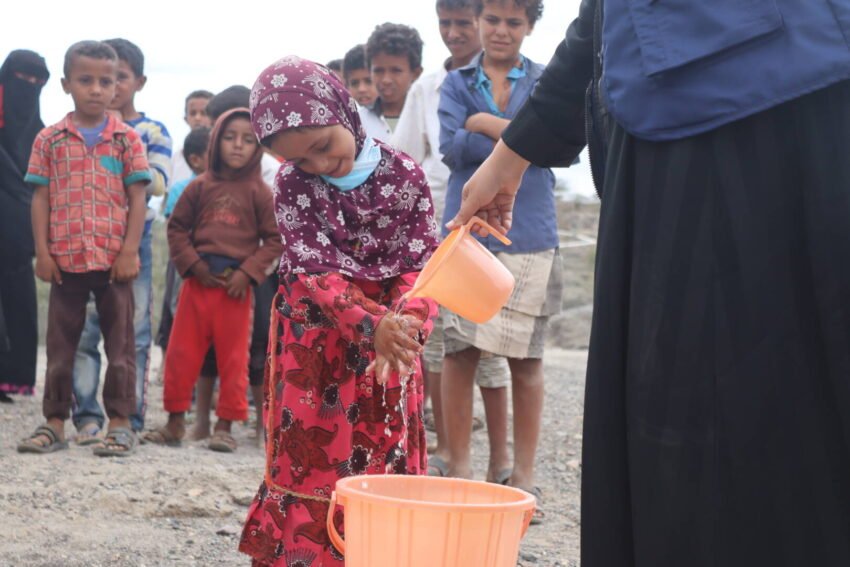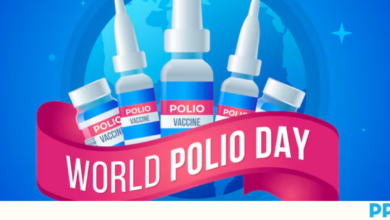Protecting the Innocent: The Impact of Humanitarian Crises on Children and Families and How We Can Help

Source: https://alliancecpha.org/
STORY
On World Humanitarian Day, celebrated every year on August 19th, we honor the brave individuals who risk their lives to provide aid in some of the most dangerous places on earth. Yet, as we commemorate their efforts, it’s crucial to recognize that behind the headlines of humanitarian crises are millions of children whose lives have been irrevocably altered by conflict, disaster, and displacement.
Imagine a world where children are forced to flee their homes, leaving behind everything familiar, only to face the unknown dangers of conflict, disaster, and hunger. This is the reality for millions of children around the world. From Syria to South Sudan, conflicts and natural disasters have turned children’s lives upside down, stripping them of their homes, education, and even their sense of security.
In 2023 alone, over 114 million people were forcibly displaced, and a staggering 41% of these were children. The rise in humanitarian crises—whether from war, climate-induced disasters, or economic instability—has created an environment where children are exposed to unimaginable horrors. They are not just losing their homes; they are losing their childhoods, their safety, and in many cases, their lives.
Children in conflict zones are often the most vulnerable, facing threats like recruitment by armed forces, sexual exploitation, and severe psychological trauma. The infrastructures meant to protect them, like schools and hospitals, are frequently under attack, further exacerbating their plight. The magnitude of this crisis calls for urgent and concerted action from all levels of society—governments, aid organizations, and individuals alike.
SENSES (Child Safeguarding and Protection Principles)
- Best Interests of the Child: Every decision and action in response to humanitarian crises should prioritize the best interests of the child. This includes providing immediate protection, ensuring access to education, and safeguarding their mental and emotional well-being.
- Non-Discrimination: All children, regardless of their background or situation, have the right to protection. Humanitarian aid must reach every child affected by crises, without discrimination based on race, religion, nationality, or any other status.
- Participation and Consent: Children should have a say in the decisions that affect them, especially in crisis situations. Their voices need to be heard, and their consent respected when possible, to ensure their rights and dignity are upheld.
- Prevention and Response: Prevention is key in safeguarding children from the impacts of conflicts and disasters. This includes strengthening infrastructures, enforcing laws that protect children, and investing in early warning systems. When crises occur, a swift and effective response is crucial to minimize harm.
STONES (Child Safeguarding and Protection Lessons for Parents, Government, and Society)
- Empowering Local Communities: The most effective humanitarian responses are often those led by local communities. Governments and aid organizations should prioritize empowering local actors, who understand the cultural and social context, to take the lead in crisis response.
- Strengthening Legal Frameworks: Governments must recommit to international laws like the Geneva Convention and the Arms Trade Treaty, ensuring that they are enforced to protect civilians, especially children, in conflict zones. There should also be stronger regulations to protect child refugees and displaced children from exploitation.
- Supporting Families and Caregivers: Parents and caregivers play a critical role in protecting children during crises. Providing them with resources, mental health support, and guidance on safeguarding principles can help them better protect and nurture their children through difficult times.
- Promoting Education and Awareness: Education is not just a right; it’s a lifeline for children in crisis. Schools should be protected and kept operational even in conflict zones. Additionally, raising awareness about the risks children face and the ways to protect them can mobilize communities and governments to take necessary action.
CONCLUSION
World Humanitarian Day is a reminder of the resilience of those who work tirelessly to protect the vulnerable. But it’s also a call to action for all of us to do our part in safeguarding the lives and futures of the millions of children affected by humanitarian crises. By prioritizing their protection, supporting local communities, strengthening legal frameworks, and promoting education, we can help ensure that no child is left to face the horrors of conflict and disaster alone. Together, we can build a world where every child is safe, secure, and able to thrive, even in the most challenging circumstances.
Source of Image: www.worldvision.org





